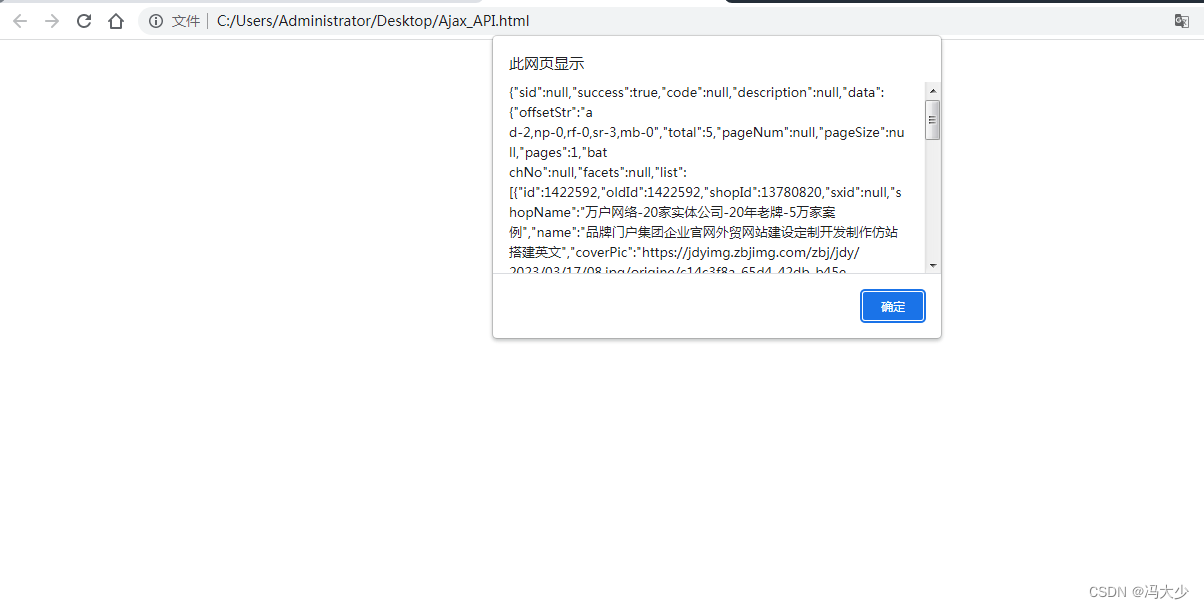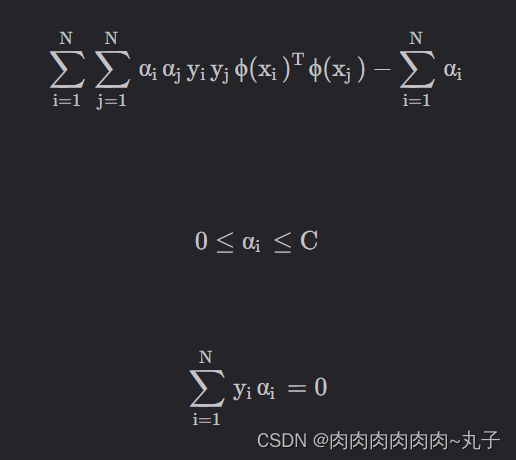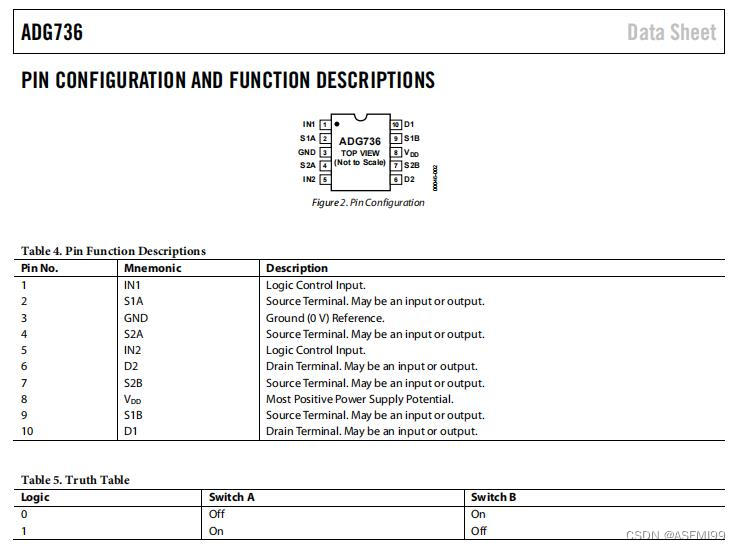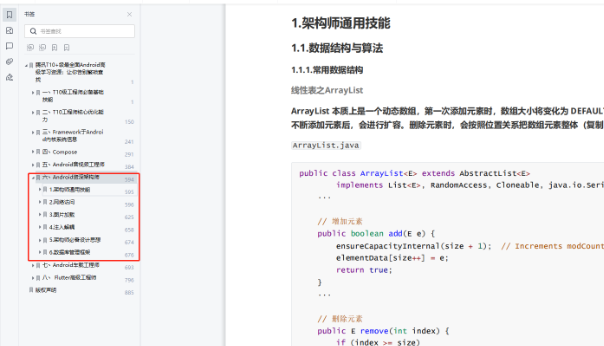springboot依赖注入的三种方式
1.使用 XML 配置依赖注入
在 Spring Boot 中,使用 XML 配置依赖注入(DI)时,需要使用<bean>元素来定义 bean,并使用<property>元素来为 bean 的属性注入值或依赖对象。
以下是一个简单的示例:
-
在
src/main/resources目录下创建applicationContext.xml文件。 -
在该文件中定义一个
testBeanbean,并注入一个 String 类型的属性name和一个 UserService 类型的依赖对象。<?xml version="1.0" encoding="UTF-8"?> <beans xmlns="http://www.springframework.org/schema/beans"xmlns:xsi="http://www.w3.org/2001/XMLSchema-instance"xsi:schemaLocation="http://www.springframework.org/schema/beanshttp://www.springframework.org/schema/beans/spring-beans.xsd"><bean id="testBean" class="com.example.demo.TestBean"><property name="name" value="小明"/><property name="userService" ref="userService"/></bean><bean id="userService" class="com.example.demo.UserService"/></beans> -
在 TestBean 类中声明一个 name 属性和一个 UserService 的依赖:
public class TestBean {private String name;private UserService userService;//setter和getter方法省略 } -
在启动类中调用 ApplicationContext 的构造函数并传入
applicationContext.xml文件的路径,然后通过 getBean 方法获取 TestBean 实例,并访问它的属性和方法:public class DemoApplication {public static void main(String[] args) {ApplicationContext context = new ClassPathXmlApplicationContext("applicationContext.xml");TestBean testBean = (TestBean)context.getBean("testBean");String name = testBean.getName();UserService userService = testBean.getUserService();//使用testBean和userService进行其他操作} }
这样就完成了 Spring Boot 中使用 XML 配置依赖注入的过程。需要注意的是,在 Spring Boot 中,官方推荐使用 JavaConfig(基于 Java 类的配置方式)或注解(Annotation)来进行依赖注入,因为它们更加方便和易于维护。
2.使用 Java 配置类实现依赖注入
使用 Java Config 实现依赖注入可以通过@Configuration和@Bean注解来实现。
以下是一个简单的示例:
-
创建一个配置类,并使用@Configuration注解标记,定义两个 Bean:
import org.springframework.context.annotation.Bean; import org.springframework.context.annotation.Configuration;@Configuration public class AppConfig {@Beanpublic TestBean testBean() {return new TestBean("小明");}@Beanpublic UserService userService() {return new UserServiceImpl();} } -
定义 TestBean 类,并在该类中声明一个 name 属性:
public class TestBean {private String name;public TestBean(String name) {this.name = name;}public String getName() {return name;}public void setName(String name) {this.name = name;} } -
定义 UserService 接口和它的实现类 UserServiceImpl:
public interface UserService {void addUser(); }public class UserServiceImpl implements UserService {@Overridepublic void addUser() {System.out.println("Add user success");} } -
在启动类中使用 AnnotationConfigApplicationContext 获取配置类对象,然后使用
getBean()方法获取 TestBean 和 UserService 实例:import org.springframework.context.ApplicationContext; import org.springframework.context.annotation.AnnotationConfigApplicationContext;public class DemoApplication {public static void main(String[] args) {ApplicationContext context = new AnnotationConfigApplicationContext(AppConfig.class);TestBean testBean = context.getBean(TestBean.class);String name = testBean.getName();UserService userService = context.getBean(UserService.class);userService.addUser();} }
这样就完成了使用 JavaConfig 实现依赖注入的过程。需要注意的是,JavaConfig 等价于 XML 配置文件,但是 JavaConfig 更加的面向对象,更加灵活,更加易于维护。
3.使用注解来进行依赖注入
可以使用注解来进行依赖注入,常用的注解有@Autowired和@Qualifier。
以下是一个简单的示例:
-
定义一个 Service 类,使用@Autowired注解注入TestBean:
import org.springframework.beans.factory.annotation.Autowired; import org.springframework.stereotype.Service;@Service public class Service {@Autowiredprivate TestBean testBean;public String getName() {return testBean.getName();} } -
定义 TestBean 类,测试注入是否成功:
import org.springframework.stereotype.Component;@Component public class TestBean {private String name = "小明";public String getName() {return name;}public void setName(String name) {this.name = name;} } -
在启动类中使用 AnnotationConfigApplicationContext 获取配置类对象,然后使用
getBean()方法获取 Service 实例:import org.springframework.context.ApplicationContext; import org.springframework.context.annotation.AnnotationConfigApplicationContext;public class DemoApplication {public static void main(String[] args) {ApplicationContext context = new AnnotationConfigApplicationContext(AppConfig.class);Service service = context.getBean(Service.class);System.out.println(service.getName());} } -
运行启动类,可以看到控制台输出:
小明
这样就完成了使用注解进行依赖注入的过程。需要注意的是,使用注解可以使代码更加简洁、易于阅读和维护,但是需要注意注解的使用和作用范围。







